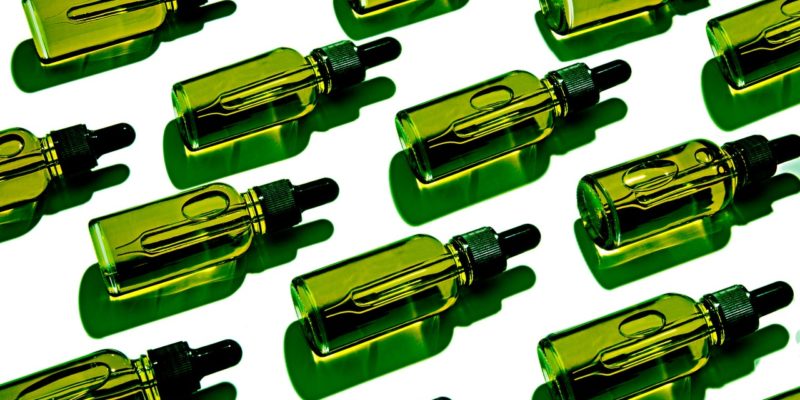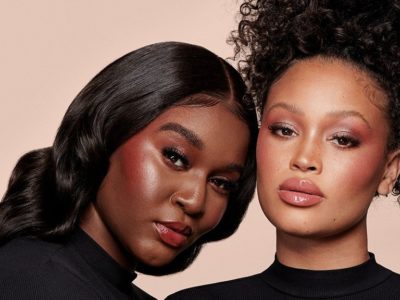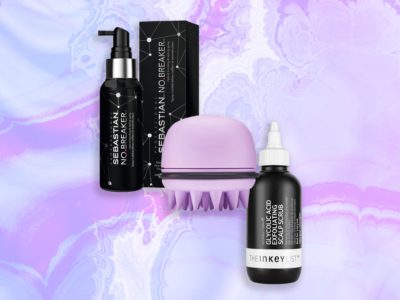
Every few years, a flashy new standout skin-care ingredient makes its way into the zeitgeist and onto the vanities of beauty enthusiasts everywhere. The sudden uptick in products containing bakuchiol, kakadu plum, or tranexamic acid is all but proof that new-and-improved is easier to market than old-and-faithful.
But tea tree oil is not one of those flashy standouts. In fact, the skin-care ingredient has been used as an antiseptic for so long that it’s impossible for it to have a resurgence… because it never really went away. Still, it’s a little like benzoyl peroxide’s misunderstood cousin: When applied incorrectly, things can go wrong — fast. We consulted a few dermatologists to clear things up. Here’s everything you need to know about tea tree oil and its myriad skin-care benefits — plus, what to never, ever mix it with.
What exactly is tea tree oil?
“Tea tree oil is the oil derived from the leaves of the Melaleuca alternifolia tree, native to New South Wales and Queensland, Australia,” says Los Angeles-based board-certified dermatologist Naissan Wesley. “Aboriginal Australians extracted the oil for traditional healing. Most methods of extraction involve steam distillation to obtain the essential oil.”
In its most natural form, tea tree oil is an essential oil so strong that it may be irritating to skin, so it’s often diluted either with water or a carrier oil like coconut, grapeseed, or jojoba oils, says Wesley.
How does tea tree oil benefit skin?
Tea tree oil contains key compounds that reduce the bacteria on skin’s surface that contribute to acne production, says Ava Shamban, a board-certified dermatologist based in Beverly Hills. Plus, she adds, “it helps calm the skin and reduces redness caused by acne pustules.”
If those benefits sound similar to benzoyl peroxide, it’s because they are: Several studies pitting the two acne-fighting ingredients often show that tea tree oil is just as effective, “but with fewer side effects such as dryness, irritation, itching, and peeling,” adds Shamban. “Its potent germ-fighting properties also make tea tree oil a valued natural antiseptic for skin abrasions and cuts.”
While tea tree oil is best known for its acne-fighting benefits due to its antimicrobial properties, the perks don’t stop there. “Tea tree oil also has been shown to have some efficacy in the treatment of nail fungus, athlete’s foot, and dandruff,” says Aegean Chan, a dual board-certified dermatologist and dermatopathologist based in Santa Barbara, California.
What skin type is tea tree oil best for?
According to Shamban, tea tree oil is unique in that it works well — albeit differently — for dry and oily skin alike. “For dry skin that may be irritated or inflamed to compromise to the barrier matrix, it functions to calm the skin,” she says. “With oily and acne-prone patients it helps [clarify skin] to support balance.”





